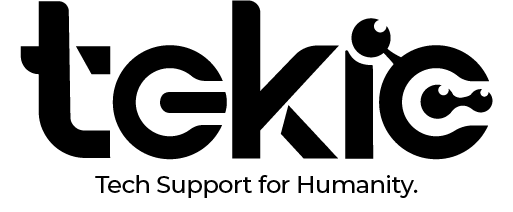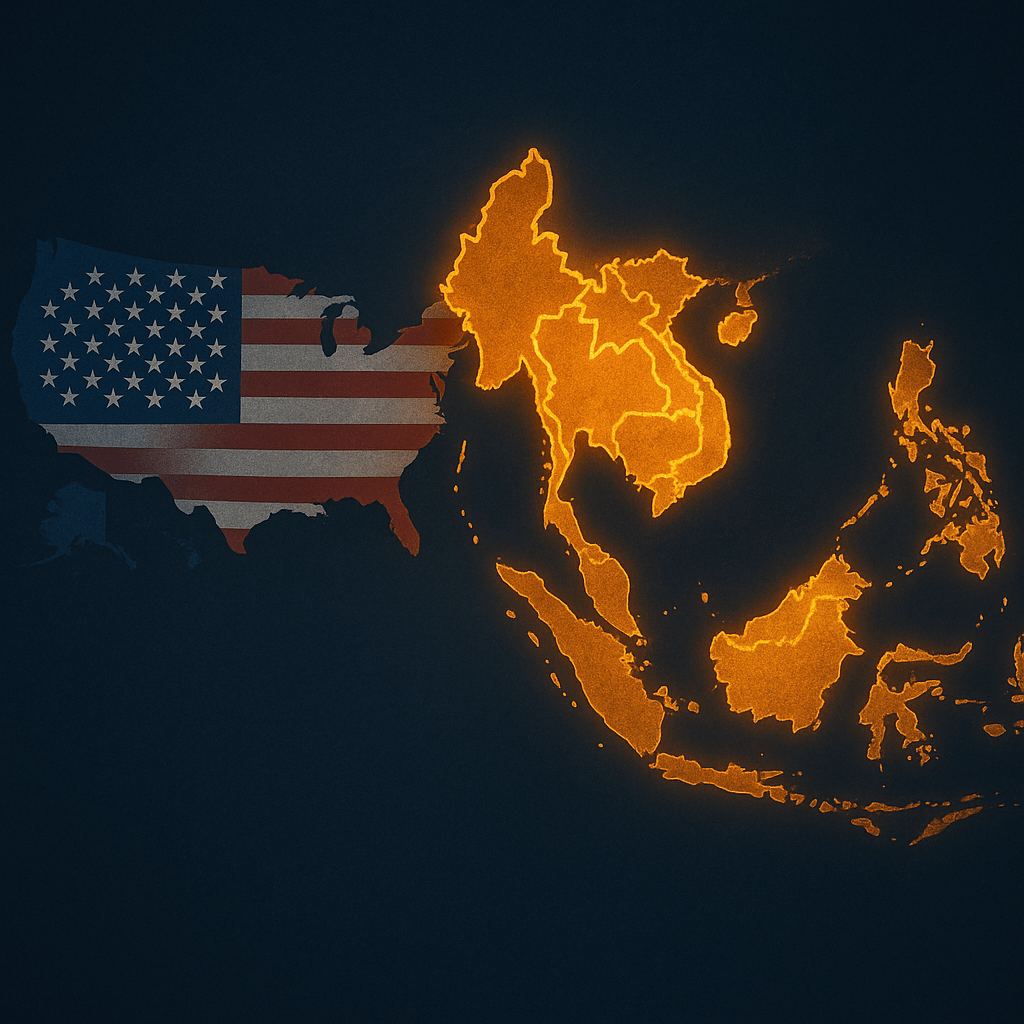When Brand Loyalty Meets Budget Reality
Imagine this — your team just got comfortable with a reliable US-based software suite or premium hardware, only to find out it’s now 20% more expensive overnight. Not because the tech changed, but because politics did.
That’s what businesses across ASEAN are beginning to feel. The latest American tariffs are pushing companies in our region — especially lean, budget-conscious firms — to rethink their tech stack entirely. And if you’re running a mid-sized firm with 10 to 50 employees in accounting, legal, audit, or other business services, you’re already walking a tightrope between performance and profitability.
Let’s break it down.
What’s Happening with These Tariffs?
The US has implemented new tariffs targeting exports from several countries — with ripple effects hitting imports and partnerships globally. While ASEAN countries aren’t directly on the front line, the price surge of American tech — both software and hardware — is being passed down to all of us.
Licenses, renewal costs, hardware procurement — they’re all being quietly inflated.
Popular Brands That May Get More Expensive
Here’s a list of US-based tools and devices your business may already rely on — and may now cost more to maintain:
- Software:
- Microsoft 365
- Adobe Creative Cloud (Photoshop, Illustrator, etc.)
- QuickBooks (accounting)
- Salesforce (CRM)
- Zoom and Google Workspace (some tiers affected via reseller models)
- Hardware:
- Dell and HP enterprise laptops and servers
- Cisco network equipment (routers, switches, firewalls)
- Apple devices used by marketing, management, or directors
- Intel-powered machines and cloud infrastructure
These brands are market leaders, but their reliance on the US supply chain and regulation framework means price volatility will only rise from here.
How It Impacts Tech Procurement in ASEAN
- Rising Costs of American Brands
Renewal prices, service fees, and even support contracts are being revised. Expect fluctuating billing and steeper long-term costs. - Shift to Regional or Open-Source Alternatives
Businesses are eyeing options like Zoho, WPS Office, Asustor NAS, or Huawei Enterprise Devices — brands not affected by American tariffs and just as functional. - Vendors Are Also Reevaluating Supply Chains
Distributors and MSPs are hunting for alternatives to ensure continuity and cost predictability for their clients. If your provider hasn’t raised this topic, you might be exposed.
Your Employees Are Feeling It Too
From document sharing to email, payroll, VPNs, and customer service tools — tech isn’t just about hardware and subscriptions. It’s how your team works. Replacing a platform like Microsoft 365 with a non-US alternative requires time, training, and trust.
But the silver lining?
Many forward-thinking businesses are using this moment to finally adopt remote-friendly, cloud-native, and cost-efficient tech stacks.
What Smart Business Owners Are Doing Now
Working with MSPs Who Understand ASEAN Context
Your IT partner should be proactively mapping out alternative tech ecosystems that are scalable, secure, and budget-aligned.
Running Cost-Benefit Audits
Evaluate tools by long-term ROI, not just features. Understand how price fluctuations impact yearly budgeting.
Testing Before Fully Switching
Run pilot groups or small-team migrations before full adoption. Smoothens change without affecting your whole business.






